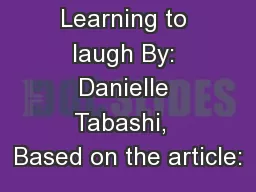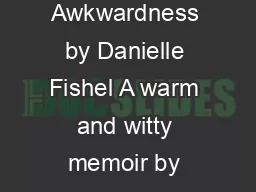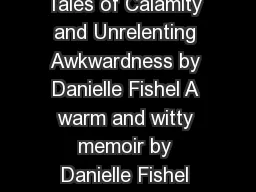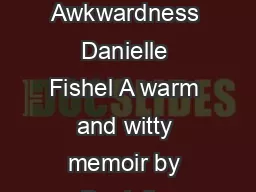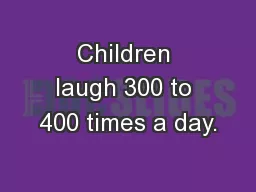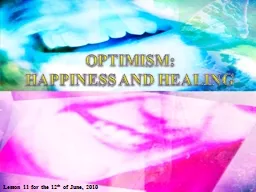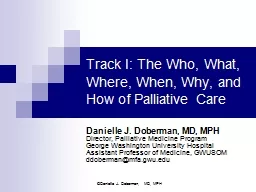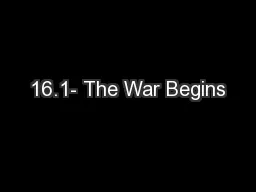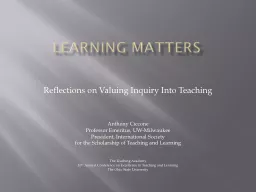PPT-Learning to laugh By: Danielle Tabashi, Based on the article:
Author : cheryl-pisano | Published Date : 2019-11-01
Learning to laugh By Danielle Tabashi Based on the article LEARNING TO LAUGH AUTOMATICALLY COMPUTATIONAL MODELS FOR HUMOR RECOGNITION by RADA MIHALCEA and CARLO
Presentation Embed Code
Download Presentation
Download Presentation The PPT/PDF document "Learning to laugh By: Danielle Tabashi, ..." is the property of its rightful owner. Permission is granted to download and print the materials on this website for personal, non-commercial use only, and to display it on your personal computer provided you do not modify the materials and that you retain all copyright notices contained in the materials. By downloading content from our website, you accept the terms of this agreement.
Learning to laugh By: Danielle Tabashi, Based on the article:: Transcript
Download Rules Of Document
"Learning to laugh By: Danielle Tabashi, Based on the article:"The content belongs to its owner. You may download and print it for personal use, without modification, and keep all copyright notices. By downloading, you agree to these terms.
Related Documents

